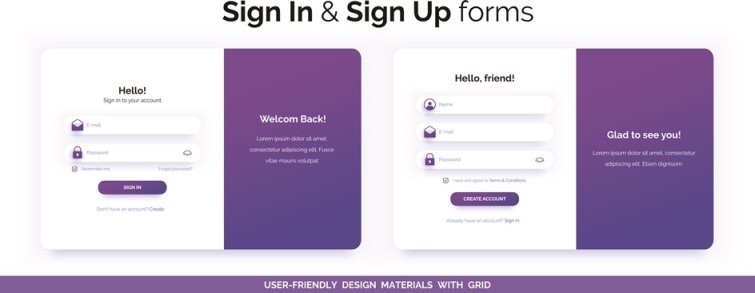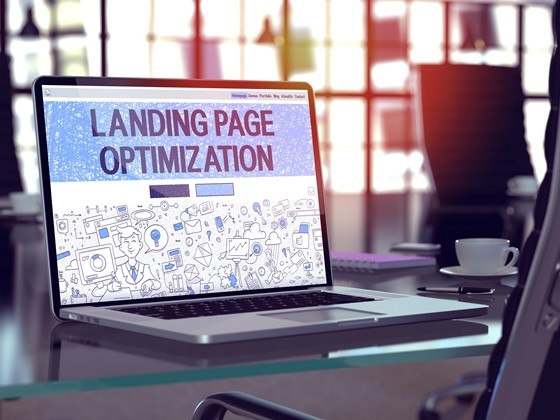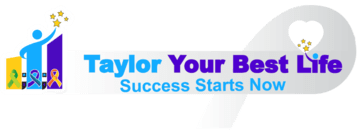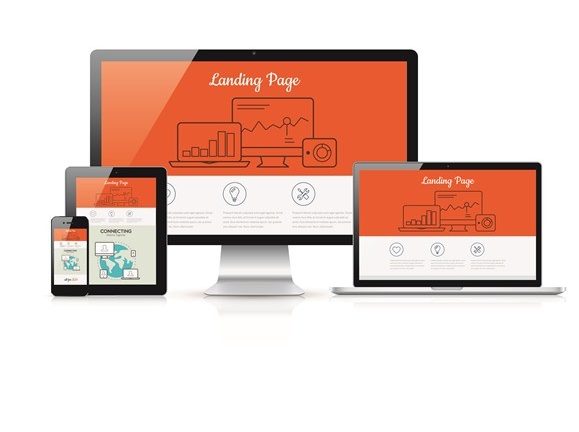Focusing on your website should be a top priority as a business owner. After all, most businesses are online and consumers love to shop from their phones. In fact, in 2021 alone there were 2.14 billion digital buyers – 900 million more than the previous year.
But eCommerce businesses don’t just get lucky here. They have a website that sets them up for success. Landing pages, specifically, are the foundation of getting your target audience to complete an action. They lead your customers to a specific product, service, opportunity, or offer and then encourage them to make a move.
So are landing pages effective? If executed correctly, yes. Landing pages can increase conversions, help you gain return customers, and give you insight into just how effective your marketing campaign is.
But what makes a good landing page? Below, we’ve highlighted all of the essential elements you need to craft the perfect landing page:
Effective Landing Page Tips

Creating a landing page can be simplified with the right mindset and intentions. Here are a few simple tips to keep in mind while curating your landing pages:
- Keep your main goal in mind. Why are you creating your landing page in the first place? Understanding the goal of the page will help you develop your content and structure the page properly.
- Make sure your call to action is clear and concise. The call to action should be simple and easy to find on the page.
- Make the page simple to navigate. Readers don’t want to land on a page with an intended purpose and be confused from the moment the page loads. Make sure the page has a main header, copy, and images among the conversion form so that it’s easy to navigate.
Landing Page Structure: Do’s and Don’ts
How are landing pages effective? What does a strong landing page actually look like? Here’s everything you need to include on your landing page if you want to heed better results, plus things you should avoid:
Do Include:
1. Headline or Title
Your headline is one of the most important pieces of the landing page puzzle, as it makes the first impression on your reader. It could be the reason your readers leave the page or continue scrolling to learn more. You may be inclined to create something catchy here, but being clear and concise is more important. Make sure you state exactly what your landing page is for and why it provides value. A good landing page example for an eBook would be “eBook: Title here” and nothing more.
2. Keyword-heavy Copy
You will benefit highly from including your main keyword within the headline and subheading, but you should also include keywords throughout the main copy that sits on the landing page to optimize it for search engines. Remember: Your landing page doesn’t have to include a lengthy blog – a paragraph that details the value of your offer with clear calls to action can help you achieve your goal of keeping the reader on the page and making a conversion.
3. Social Media Sharing Links
Do you want to expand your reach and put your landing page in the laps of potential customers? Making your landing page sharable on social networks brings more visibility to your content outside of your regular customers and followers.
4. Conversion Form Fill
The point of the landing page is to encourage your target audience to complete an action, which makes the conversion form one of the essential elements of every landing page. This form may offer readers an additional piece of exclusive content or other deal in exchange for their contact information, but to you, it’s an inbox of sales leads. Make sure your conversion form is simple to navigate and visible near the top of the landing page to avoid readers getting lost in translation.
5. Imagery
Whether you use stock photos or custom illustrations for your landing pages, imagery is good for a number of reasons. Not only does it give the page character and make it more attractive, but it also makes it easier to navigate through by breaking up heavy blocks of text. You don’t want to overdo it with the images, however – too much imagery can distract your audience from the sole purpose of the landing page.
Don’t Include:

1. Navigation Bars
If you want to minimize distractions, reduce friction and lessen the bounce rate on your landing page, a good landing page tip to consider is hiding navigation bars or removing them altogether. The fewer opportunities your readers have to leave the page, the more likely they will be to stay on the page and perform the action as intended.
2. Ample whitespace
Distractions should be at a minimum, but that doesn’t mean your landing page should be an empty, blank slate. You still want your landing page to be attractive and visually appealing, so make sure that it’s structured in a way that intrigues your readers without going overboard. A variety of images, short paragraphs, and headers can amplify your landing page without going over the top.
3. Inconsistent language
No matter what your landing page has to offer, the copy that exists here should be consistent with the rest of the content that sits on your website. This is a representation of your brand and needs to match the language you use across platforms.
Reaching your marketing goals can be simplified when you optimize your website. Following our landing page tips can help you get the results you’re looking for, but so can affiliate marketing! To learn more about this potential for business growth and increased revenue, read about my Rapid Profit Machine today.





I pay a quick visit each day some blogs and sites to
read articles or reviews, however this web site offers quality
based articles.